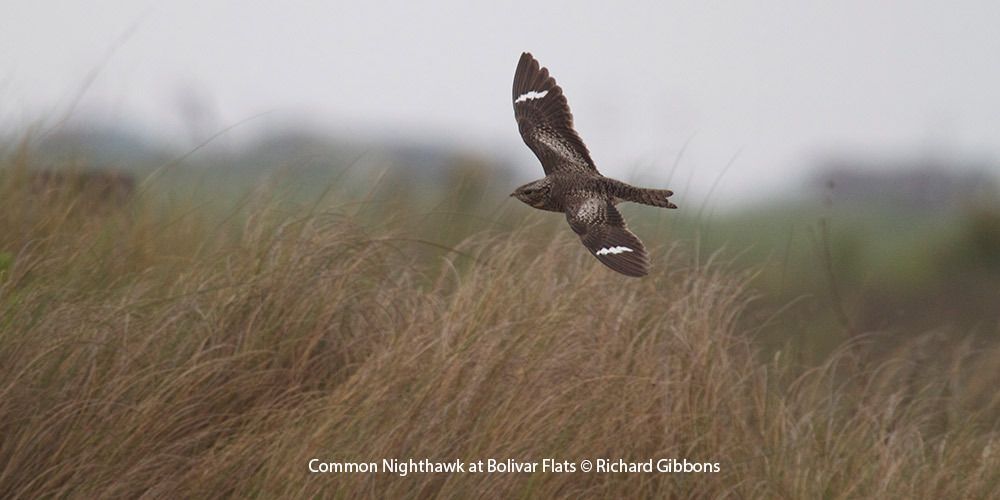Houston Audubon fully supports devising solutions to help mitigate the impacts of storm surge and flooding, but the gate and levee system being proposed by the Corps of Engineers under the Coastal Texas Study raises more concerns than it addresses. Proposed solutions of this magnitude, impact, and expense require exceptional consideration of the long-term effects on our shared natural heritage, values, and nature-based economy.
Not only will the gate system negatively affect the productivity of Galveston Bay, but the levee system will permanently destroy or alter some of the most important wildlife habitat on the Texas coast. Houston Audubon owns and manages nature sanctuaries for millions of migrating and resident birds that depend on the upper Texas coast for their survival, including the Bolivar Flats Shorebird Sanctuary, a globally significant preserve for several threatened species such as the Reddish Egret, Piping Plover, Black Rail, and Red Knot. The barrier-levee system as currently proposed will have a direct negative impact on coastal landscapes and habitat the region has already invested millions to preserve, restore and enhance over the past decade.
Coastlines, and barrier island systems in particular, are naturally dynamic. As our first line of defense, the coast absorbs the brunt of hurricanes and sea level rise and interfaces with daily tides and currents. As sand and sediment erode from one end of a coastline and drifts with the currents, it is relocated to build new habitat. This is natural and resilient. Fisheries and wildlife adapt to these natural changes that occur over long periods of time within these systems, as they have for millenia. The coastal barrier system being proposed will interfere and undermine this natural cycle and is not practical.
We believe practical, non-structural solutions that focus on working in harmony with nature are more resilient. Solutions working with nature also will preserve the natural beauty that brings so many people to our coast. Unlike massive landscape altering projects, nature-based solutions can be applied incrementally in the short-term to help provide protection for our communities and help preserve our natural and cultural heritage for future generations. We support solutions such as elevation of homes, preservation and enhancement of wetland prairies, riparian areas, and barrier islands, buyouts/strategic withdrawal from areas that cannot be adequately protected, and the effective use of measured land-use regulation to implement those concepts.
The most important action needed right now is an extension of the comment period to February 2021 by the Corps of Engineers. This would allow the public sufficient time to review the documents and provide meaningful feedback. Together, we can do better.


